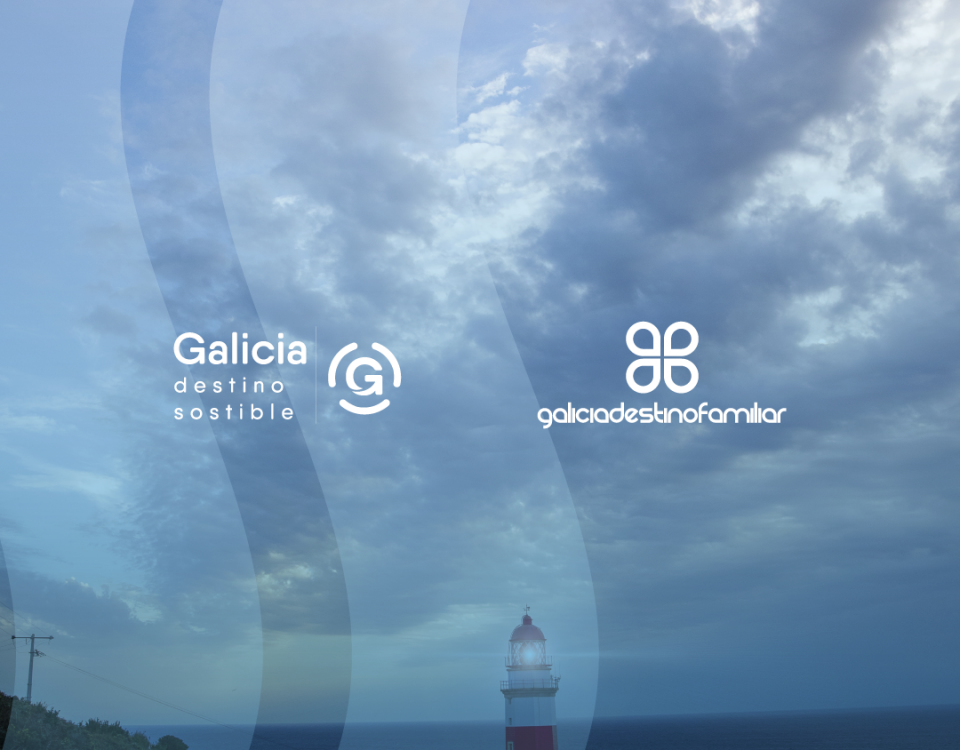- El mejor turismo de galicia
Exceltur highlights the growth in profitability and employment experienced by urban tourism destinations
Exceltur highlights the growth in profitability and employment experienced by urban tourism destinations
Of the 102 cities analysed throughout Spain, the good results of Pontevedra and Santiago stand out, among the cities of smaller size and income.
The detailed analysis of the 102 main Spanish destinations included in Exceltur’s Barometer of Profitability and Employment in Spanish tourist destinations confirms the end of a very positive year 2017 with notable increases in socio-economic profitability induced by tourism. Of the 102 destinations analysed, 92 experienced increases in revenue in 2017 (+9.4% in RevPAR to an average annual value of 58.7€) and 101 in employment (+6.0%, which means 35,165 new jobs in these destinations), compared to the values of what was already a great year in 2016.
The report highlights in particular a higher growth of profitability in urban destinations (+9.5% in RevPAR, +6.0% in employment) than in vacations (+7.5% in RevPAR, +5.9% in employment) that Exceltur considers due to the increase in air connectivity, improved price performance thanks to increased employment and the gradual return to normalcy of the main competing countries in terms of summer holiday tourism (Turkey, Egypt, Tunisia), which regained 8.5 million foreign tourists compared to 2016. This figure makes clear that it has limited the growth capacity of foreign demand for lower expenditure towards Spanish destinations, something that has been noted especially in the islands and Costa del Sol, which had received during 2016 the demand provided by competing destinations.
Despite this, holiday destinations continue to experience in 2017 a very positive increase in the socio-economic profitability of tourism, after 6 years of continuous improvement, growing in the RevPar by +7.5%, averaging 74.9€, accompanied by an increase in tourism employment of +5.9%, which means the creation of 13,437 new jobs in the 50 municipalities of this type collected by this barometer.
These figures mean that two municipalities on the island of Ibiza are once again leading the socio-economic profitability of holiday tourism in Spain: Ibiza and Sant Josep de Sa Talaia.
Significant increase in urban tourism
The notable increase in tourist consumption, the recovery of the business segment, the arrival of long-distance tourists with a higher level of expenditure and the opening and repositioning of new products with a higher level of service have intensified the generation of tourist employment in cities (+6.0%), especially in the branches of tourism activity linked to their direct expenditure at destination, such as the enjoyment of leisure, restaurants and commerce. In particular, employment in leisure activities increased by 10.2%, in bars and restaurants by 8.5% and in commerce by 5.6% over the year 2017. On the other hand, employment in accommodation, transport and travel agencies has increased by 5.9%, 5.9% and 5.5%, respectively.
Ibiza leads with 131.9€ the average income per room in all Spain in 2017, followed by San Sebastian (91.6€, +2.6% in RevPAR and +5.8% in employment) and Palma de Mallorca (80.2€, +18.8% in RevPAR and +9.4% in employment) recorded the second and third largest urban RevPAR after having grown in 2017 (in the case of Donostia in relation to the city of Barcelona).
On the other hand, among some of the smaller cities with smaller size and lower incomes, the Galician Pontevedra (32.4€, +30.4% in RevPAR and +16.9% in employment) and Santiago (39.9€, +17.1% in RevPAR and 8.3% in employment) stand out, as well as Valladolid (39.6€, +20.7% in RevPAR, +7.9% in employment), Huesca (26, +7.9% in employment).









